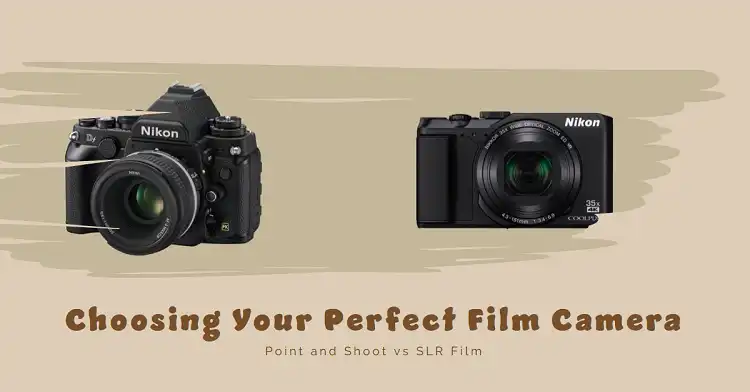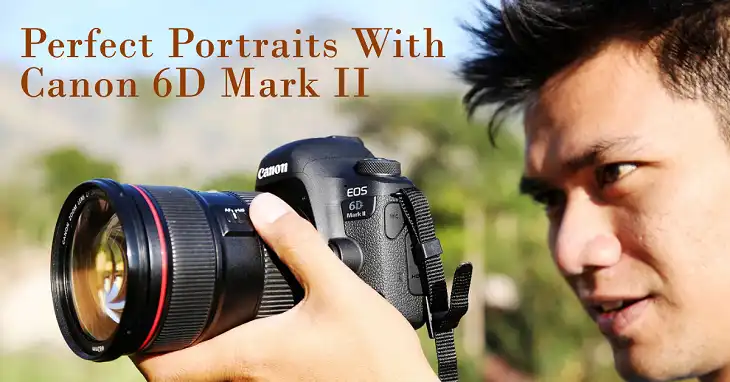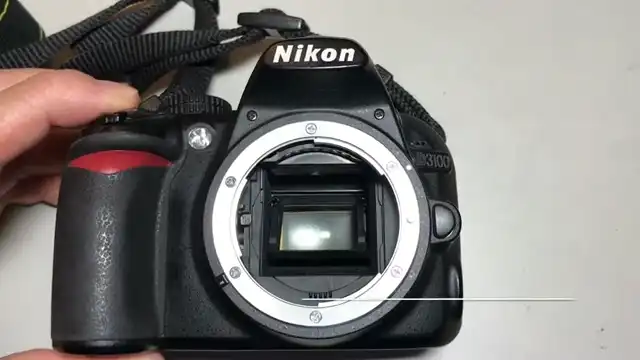Point and Shoot vs SLR Film: Choosing Your Perfect Film Camera
These days, film photography has experienced a remarkable resurgence with both nostalgic enthusiasts and curious newcomers. At the heart of this revival lies a fundamental choice: point-and-shoot or SLR (Single Lens Reflex) film cameras.
Each type offers unique advantages and challenges, catering to different photography styles, skill levels, and creative visions. This article will explain the nuances of both point-and-shoot, as well as SLR cameras to help you find your perfect photography match. Let’s go.

Point-and-Shoot vs SLR: Understanding the Basis
Point-and-shoot film cameras are designed for simplicity and convenience. As the name suggests, you quite literally point the camera at your subject and shoot. These compact cameras typically feature automatic settings for focus, exposure, and flash, making them ideal for beginners or photographers who prioritize spontaneity over technical control.
SLR cameras, on the other hand, offer a more hands-on experience. They allow photographers to manually adjust settings like aperture, shutter speed, and focus, providing greater creative control. SLRs also feature interchangeable lenses, expanding their versatility across different photography genres.
Here’s a quick comparison table to highlight the key differences:
| Feature | Point-and-Shoot | SLR |
| Size | Compact, pocket-friendly | Larger, requires a camera bag |
| Ease of Use | Simple, automatic settings | More complex, manual controls |
| Creative Control | Limited | Extensive |
| Lens Options | Fixed lens | Interchangeable lenses |
| Price Range | Generally $50-$500 | Generally $100-$2000+ |
| Ideal For | Beginners, casual shooters | Enthusiasts, professionals |
Advantages of Point-and-Shoot Cameras
Point-and-shoot cameras have earned a special place in the hearts of many photographers. Their compact size makes them perfect companions for everyday adventures, fitting easily into pockets or small bags. This portability encourages spontaneous shooting, capturing life’s fleeting moments with minimal fuss.
Many iconic point-and-shoot models have achieved cult status among film enthusiasts. The Olympus Stylus Epic (also known as the mju-II), for instance, is renowned for its sharp lens and weather-resistant body. The Yashica T4, famously used by fashion photographer Terry Richardson, offers a Carl Zeiss lens in a compact package. These cameras prove that simplicity doesn’t have to compromise image quality.

For street photographers, the discreet nature of point-and-shoots is a significant advantage. Their quiet operation and unassuming appearance allow for candid shots without drawing attention. Many travelers also appreciate the worry-free nature of these cameras, focusing on experiencing their journey rather than fiddling with camera settings.
Advantages of SLR Cameras
SLR cameras open up a world of creative possibilities for film photographers. The ability to manually control exposure settings allows for precise adjustments in challenging lighting conditions. Want to capture the motion blur of a waterfall or freeze a fast-moving subject? With an SLR, you have the tools at your fingertips.
One of the biggest advantages of SLR cameras is their interchangeable lens system. From wide-angle lenses for sweeping landscapes to telephoto lenses for wildlife photography, SLRs adapt to various shooting scenarios. This versatility makes them ideal for photographers who specialize in multiple genres or those looking to expand their skills.

Popular SLR models like the Canon AE-1, Nikon FM2, and Pentax K1000 have stood the test of time, beloved for their reliable mechanics and excellent image quality. Many of these cameras are still readily available on the used market, offering an affordable entry point into serious film photography.
How to Choose the Right Camera for Your Needs
Selecting between a point-and-shoot and an SLR ultimately depends on your personal preferences, photography goals, and shooting style. Here are some scenarios to consider:
Choose a point-and-shoot if:
- You’re new to film photography and want to focus on composition rather than technical settings.
- You prioritize portability and want a camera that’s always with you.
- You enjoy street photography and need a discreet, quick-to-use camera.
- You’re on a tighter budget but still want quality results.
Choose an SLR if:
- You crave full creative control over your images.
- You’re interested in exploring different lenses and photography techniques.
- You often shoot in challenging lighting conditions that require manual adjustments.
- You’re passionate about photography and want to invest in a system that can grow with your skills.
Certainly, I’ll address some of the frequently asked questions that weren’t fully covered in the main article. I’ll present these in a FAQ format to complement the existing content.
Frequently Asked Questions
Are SLR cameras good for video?
While traditional film SLRs are designed primarily for still photography, many modern DSLR (Digital Single Lens Reflex) cameras excel at video production. They offer high-quality video capture, interchangeable lenses for different shooting styles, and manual controls for creative filmmaking. However, for pure video work, dedicated video cameras or mirrorless cameras might be more suitable.
Why is shooting film sometimes considered better than digital?
Film enthusiasts often cite several reasons for preferring film like the unique color rendition and dynamic range. Plus, negatives offer tangible and archival results and offers a more traditional and slower approach to photography. However, “better” is subjective and depends on individual preferences and needs.
Which ISO is best for point-and-shoot film cameras?
For general-purpose shooting with a point-and-shoot film camera, ISO 400 film is often a good choice. It offers a balance between sensitivity for low-light situations and fine grain for good image quality. In bright conditions, ISO 200 or 100 can provide even finer grain. For maximum versatility, some photographers prefer ISO 400 film that can be pushed to higher ISOs if needed.
Do professional photographers use point-and-shoot cameras?
Yes, many professional photographers use point-and-shoot cameras, especially for personal projects or when they need to travel light. Some notable photographers like Terry Richardson have famously used point-and-shoots for professional work. These cameras can offer discretion, spontaneity, and a unique aesthetic that suits certain styles of photography.
Summing Up
Whether you choose the simplicity of a point-and-shoot or the versatility of an SLR, film photography offers a rich and rewarding experience. Both camera types have their strengths, and many photographers find joy in using both depending on the situation.
Remember, the best camera is the one that inspires you to shoot. Start with what feels comfortable, but don’t be afraid to experiment and push your boundaries. The world of film photography is vast and exciting – embrace the journey, learn from each roll, and most importantly, enjoy the process of creating timeless images.






